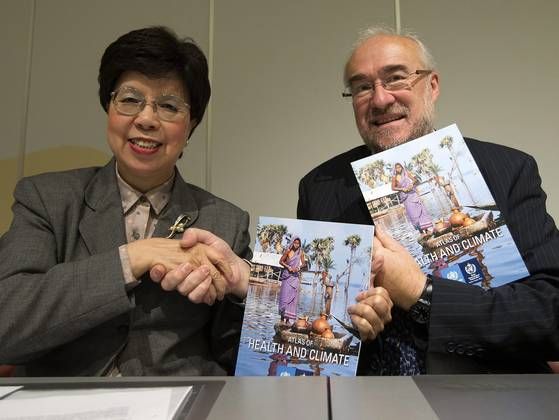New publications
Health and Climate Atlas published
Last reviewed: 01.07.2025

All iLive content is medically reviewed or fact checked to ensure as much factual accuracy as possible.
We have strict sourcing guidelines and only link to reputable media sites, academic research institutions and, whenever possible, medically peer reviewed studies. Note that the numbers in parentheses ([1], [2], etc.) are clickable links to these studies.
If you feel that any of our content is inaccurate, out-of-date, or otherwise questionable, please select it and press Ctrl + Enter.
The United Nations, together with the World Meteorological Organization and the World Meteorological Organization, launched the first "Atlas of Health and Climate".

The document contains graphs, maps and tables that clearly show how climate change can affect human health.
“Continued climate change is increasing the risks to human health. Climate has a major impact on human survival and health,” said Margaret Chan, WHO Director-General. “Weather services can reduce these risks and improve people’s lives. Health is based on preparedness and risk management. Information on climate variability and change is a powerful scientific tool that helps us meet these challenges.”
Climate variability and extreme situations such as drought and floods can cause epidemics of diseases such as malaria, diarrhea, meningitis and dengue fever, millions of people can suffer and millions will not survive, the developers emphasize. And the Atlas will help prevent such situations from arising – it presents practical examples of how information and preparedness for a natural disaster can save lives and protect their health.
Experts cite the example of how in some countries the incidence of infectious diseases can change – decrease and increase more than a hundred times. This depends on the time of year and varies depending on weather and climate conditions in different years.
If meteorological services are able to function normally in endemic countries, this will help to predict the onset, level of intensity and even duration of epidemics, scientists comment.
Experts also say that protecting people during periods of extreme temperatures is also an important aspect. Periods of extreme heat are a threat, first of all, to older people.
The new development will help health organizations focus on the threat and respond quickly to climate change.

 [
[